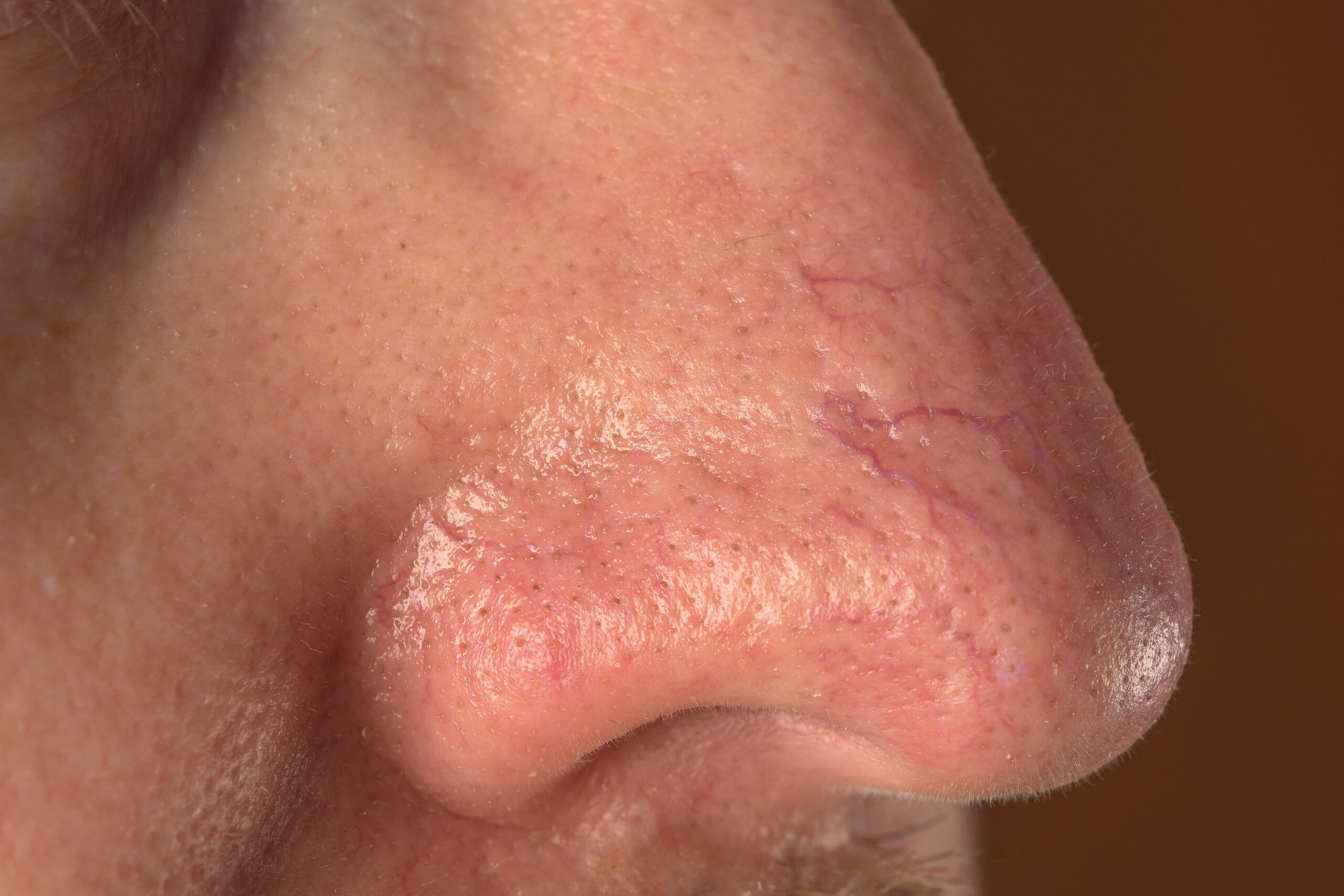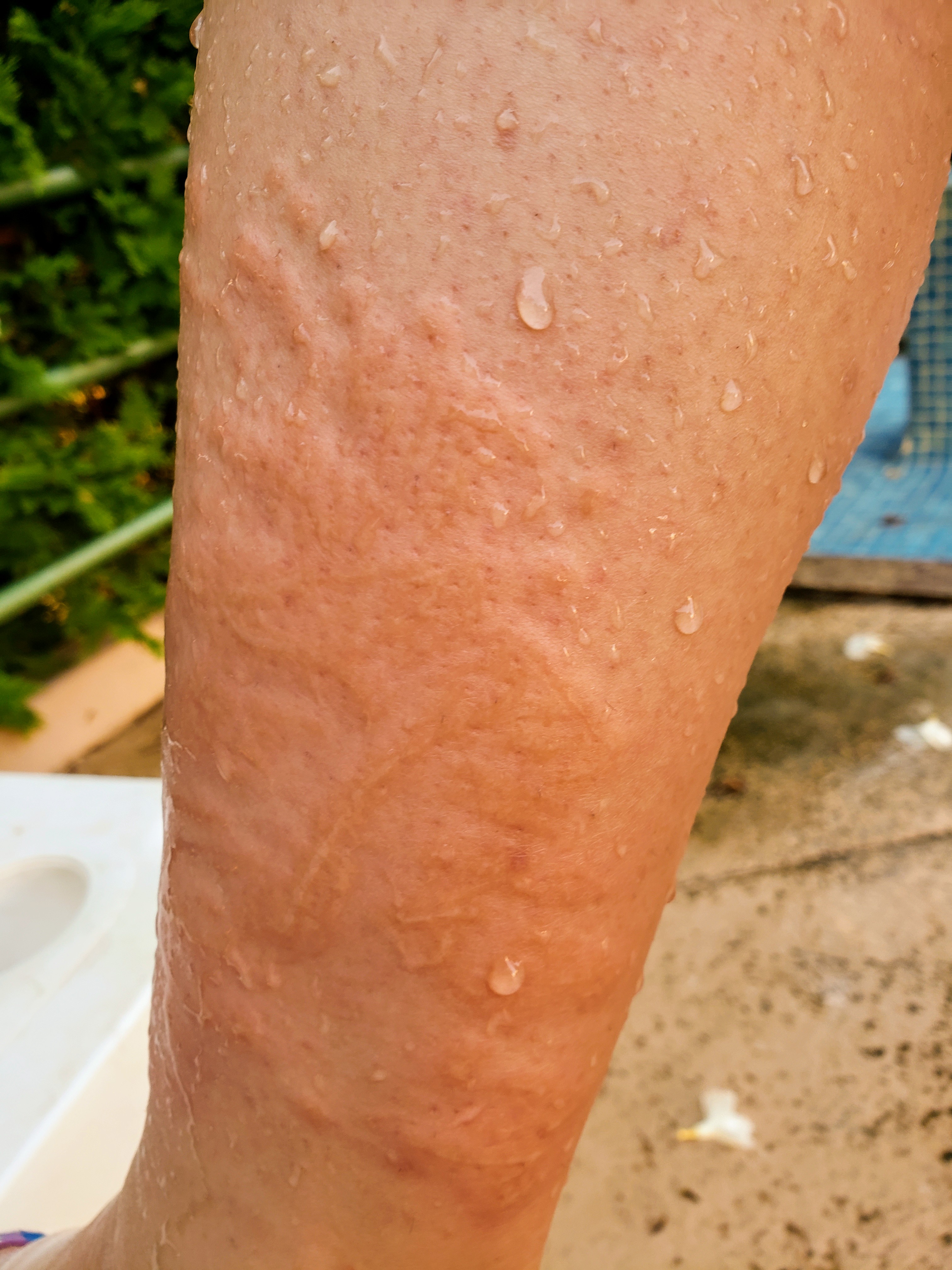A chemical peel is a medically supervised procedure that involves the application of one or more chemical agents to the skin to exfoliate damaged layers and promote the regeneration of healthier, more even-toned skin. The treatment works by targeting and eliminating sun-damaged or pigmented cells, effectively initiating a resurfacing process.
It is important to distinguish between chemical peels performed in a medical setting and those offered in spas. While spa peels use lower-strength ingredients and are considered cosmetic or maintenance treatments, peels performed in dermatology clinics use more potent formulations tailored to specific skin concerns. As a result, clinical peels produce more significant outcomes, often with fewer sessions, but may also involve a longer recovery time.
In medical dermatology, there are three primary types of chemical peels: alpha-hydroxy acid (AHA) peels, trichloroacetic acid (TCA) peels, and phenol-croton oil peels. These are categorized based on the depth of skin penetration into superficial, medium-depth, and deep peels.
Superficial Peels use milder agents such as glycolic acid, salicylic acid, or Jessner’s solution. Often referred to as “lunchtime peels,” these treatments involve minimal downtime and are best suited for improving mild pigmentation, surface dryness, and minor textural irregularities. However, because the effects are subtle, multiple sessions are usually required for noticeable improvement. These are sometimes performed in spas, though the formulation and technique differ from those used in medical settings.
Medium-depth Peels utilize TCA in concentrations typically ranging from 15% to 35%. This type of peel is more intensive and must be performed by a trained physician. Following treatment, patients may experience redness, swelling, and crusting, which generally subside within a week. Medium-depth peels are effective for treating uneven pigmentation, actinic keratoses, fine lines, freckles, and superficial acne scars. However, they may have limited efficacy on deeper wrinkles.
Deep Peels involve the application of phenol, a highly potent agent that causes significant exfoliation and skin injury. While effective for treating deep furrows and pronounced wrinkles, phenol peels are rarely used today due to their associated risk of scarring and systemic toxicity. When considered, they must be administered by experienced dermatologic surgeons under strict monitoring.
The chemical peel procedure begins with a thorough cleansing of the skin to remove surface oils. The peeling agent is then applied for a controlled duration, during which patients may experience stinging or burning sensations. These effects vary depending on the type and concentration of the chemical used, and a fan or cool compress may help alleviate discomfort. Once the peel is neutralized, the burning subsides.
Recovery depends on the type of peel used. Superficial peels may cause mild redness and flaking similar to a sunburn, typically resolving within 48 hours. Most patients can resume normal activities the same day, and makeup may be applied shortly after treatment. Medium-depth peels, on the other hand, result in more pronounced swelling and peeling that can persist for up to a week. Mild redness may continue for several weeks, during which time sun protection and moisturization are crucial. Most patients take a few days off work to recover from medium-depth peels.
Post-procedure care plays a critical role in optimizing results and minimizing complications. It is essential to avoid sun exposure, use gentle moisturizers, and refrain from picking at peeling skin to prevent scarring. Although complications from chemical peels are rare when performed by a qualified medical professional, any signs of infection, prolonged irritation, or unusual reactions should be promptly reported to the treating physician.
At the Centre for Medical and Surgical Dermatology, patients receive personalized chemical resurfacing treatment plans designed to meet their individual skin needs. With expert care and evidence-based protocols, we ensure safe, effective outcomes that restore clarity, tone, and texture to the skin.



